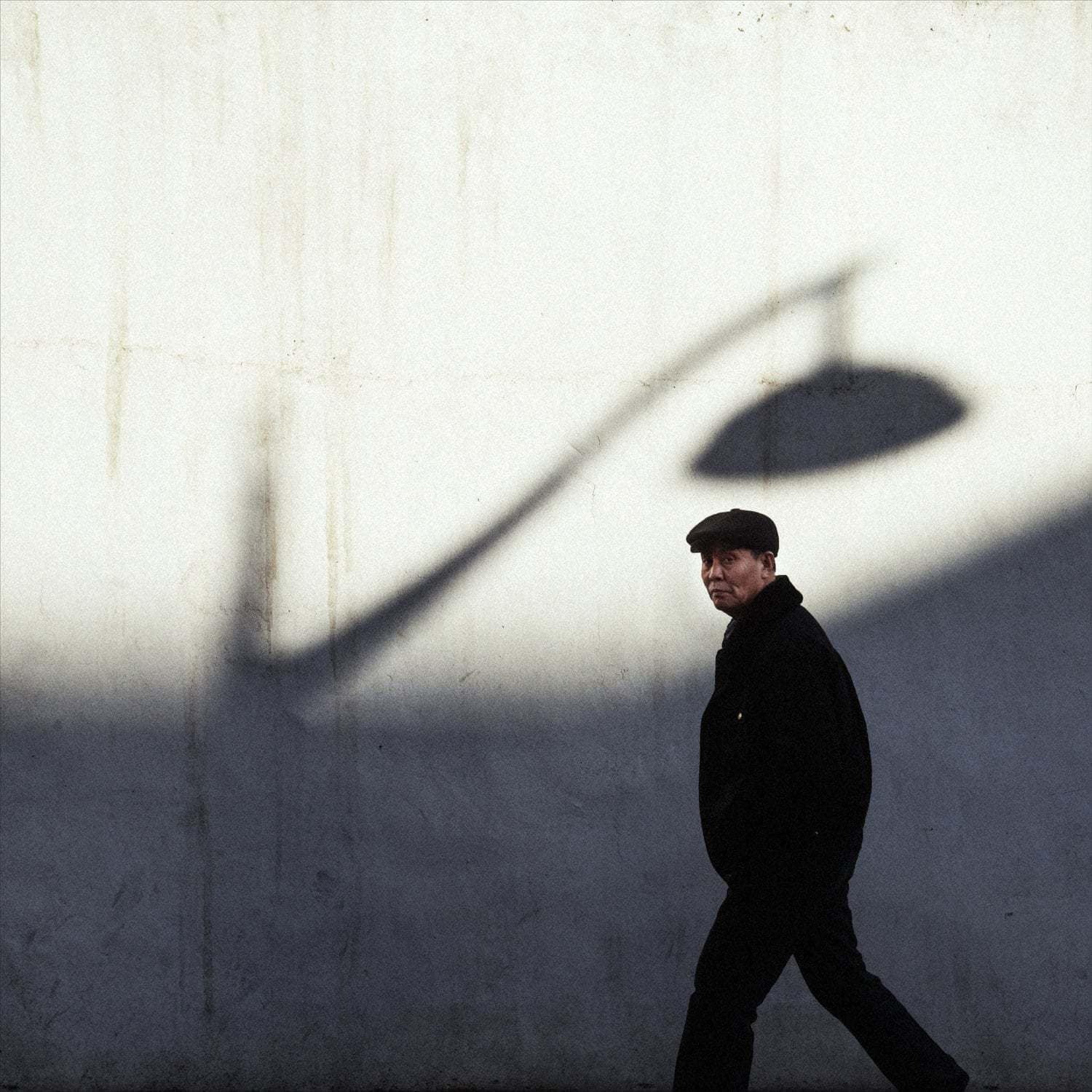How could we define something as artistic photography if photography is already, in itself, art? That is the question that has been haunting me before I start writing these lines which, I confess, are going to cost me a bit ? . Because defining art is not easy, and art within art already seems to me something reserved for great thinking minds, philosophers, thinkers and art theorists of whom, for the moment, I am not a part ;-).
WHAT IS ARTISTIC PHOTOGRAPHY?
After giving the concept some thought, I think we could define artistic photography as the photographic genre that seeks to evoke in the viewer, consciously, a specific sensation or feeling. It does not seek to represent the simple reality that we have before our eyes, but what the photographer interprets of this reality. That is, the photograph is not taken but created with an artistic intention .
If the visual world were simple and had well-defined barriers, we could say that the opposite of artistic photography is photojournalism, which seeks to show reality in the most objective way possible. However, as you probably already know, objectivity in photography does not exist, and many photojournalists mix the simple image of the representation of reality with artistic compositions.
HOW TO DO ARTISTIC PHOTOGRAPHY?
There will probably be no closed answer in this article, because in art there are never closed answers. Everything depends on millions of factors, personal perceptions, historical moment, social context and the natural ability or sensitivity of each one.
What you must be clear about to begin with is the artistic intention of your work. In other words, you have to think about what we want to convey with our image, you have to feel it, analyze it, imagine it, make the adjustments you need to achieve it and, finally, take the photo.
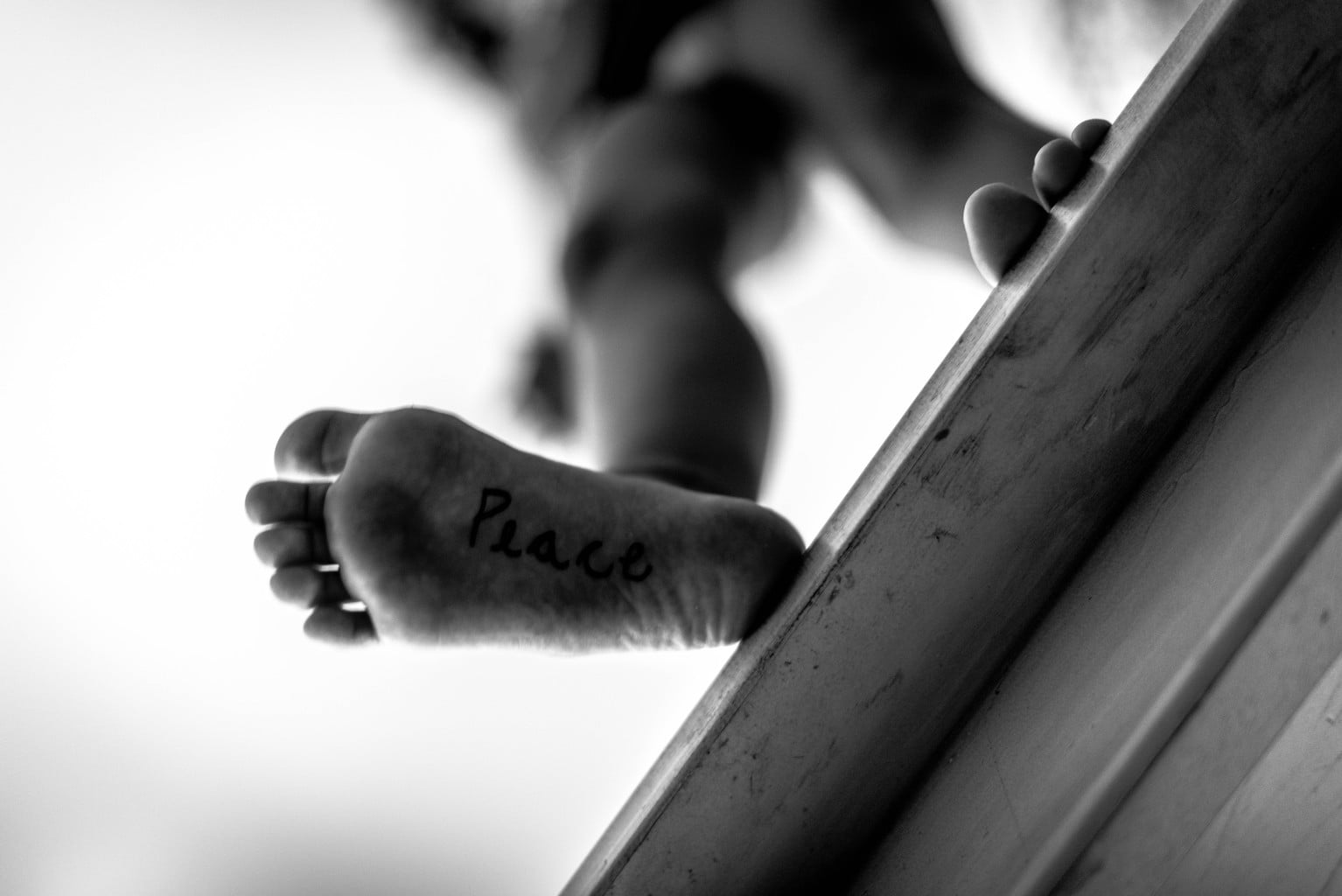
WHERE TO START?
SETTINGS
As you get carried away by your more artistic side, you will realize how the knowledge of your camera together with the knowledge of the exposure triangle (among others) will help you to translate your ideas with good results.
- The aperture of the diaphragm and the depth of field : They are essential when we want to highlight a certain part of the scene through the focused area, be it little or a lot, and to control the amount of light that we will let pass through the lens.
- The shutter speed : To freeze or let the movement flow, you have to learn to work with this parameter. Its possibilities are as many as your imagination. Here are some examples to inspire you.
- The exposure metering mode . An image changes radically depending on the use we make of the existing light.
- Shooting mode . It is impossible for your automatic camera to capture and capture the idea you have in your head. So in these types of images, we strongly recommend that you work in manual .
In short: the camera must be at the service of the photographer, yours, as a brush is at the service of a painter. That is, it is only a tool to achieve your goal.

TECHNIQUES AND IDEAS TO WORK YOUR MOST ARTISTIC SIDE
It is not necessary a long exposure, a Lightpainting or resort to Photoshop to get an artistic photograph. A simple composition, a shallow depth of field, a shadow on a face… you don't need anything more than your imagination. Of everything you can get an artistic version and a normal version ;-).
That being said, it is true that there are a multitude of techniques and ideas that can help you achieve your artistic goals. These are the ones that occur to me:
COMPOSITION
I have told you before. The composition of a seemingly simple scene can lead you to a purely artistic image. We always invite you to vary your point of view so that you face a wonderful and different world, so that you transmit with greater visual power what you want to transmit, so that, in short, you train your gaze and enhance your creativity.
Perspective , learning to break the rules of composition when appropriate, knowing and working with lines , vanishing points , and, in general, the more you know and master the composition of images, the more creative tools you will have in your power :-).
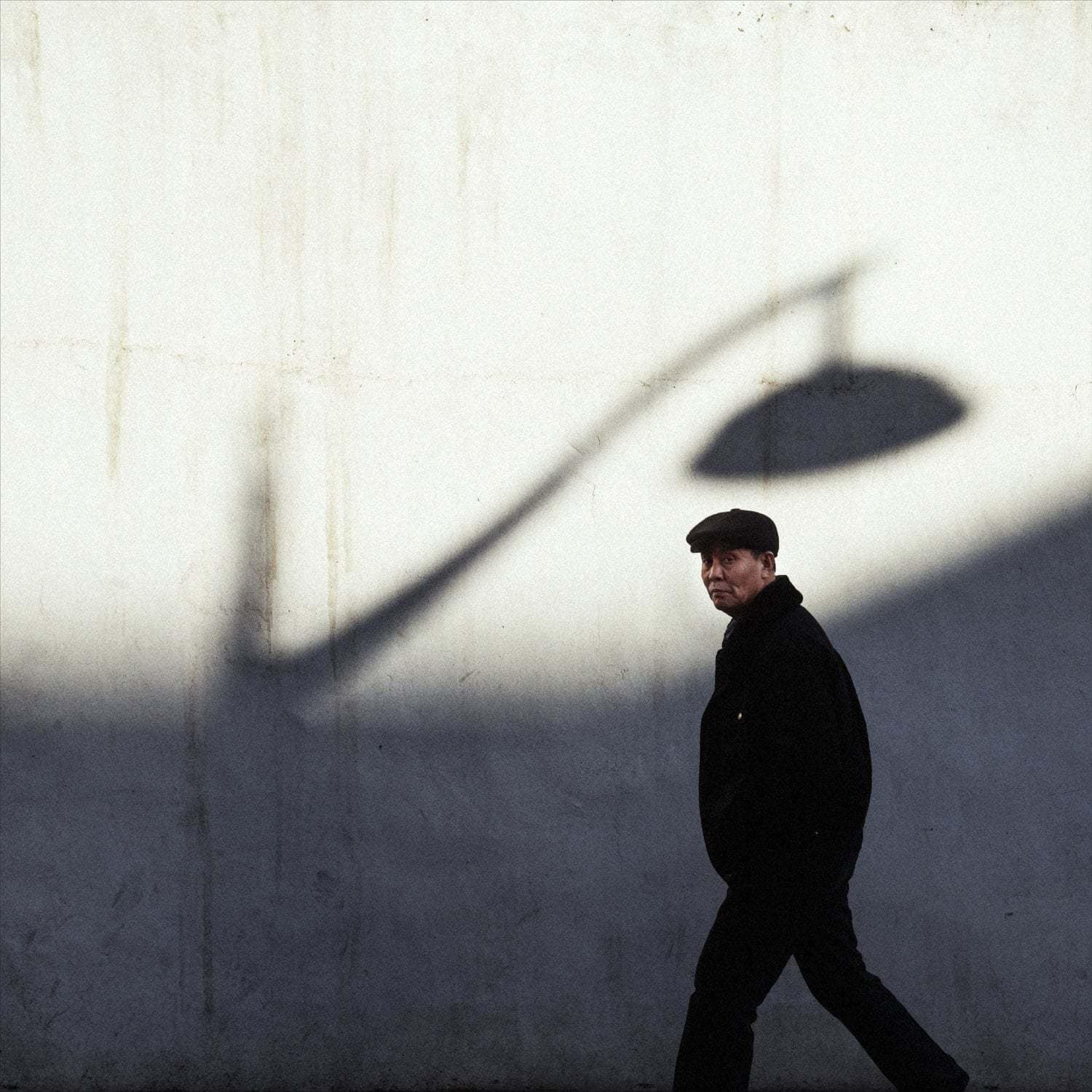
BLACK AND WHITE
I love it, I'm not going to fool you ;-), its magic, its essence, its timelessness and abstraction have won me over. Black and white is simplification, it is form, it is contrast, it is light and shadow in its strictest sense, it is the simplest and, at the same time, the most complex... Come on, if you have never tried to photograph in black and white, you will I encourage you to try it ? (and no, I don't get a commission anywhere hehehe, I really like it ? ).
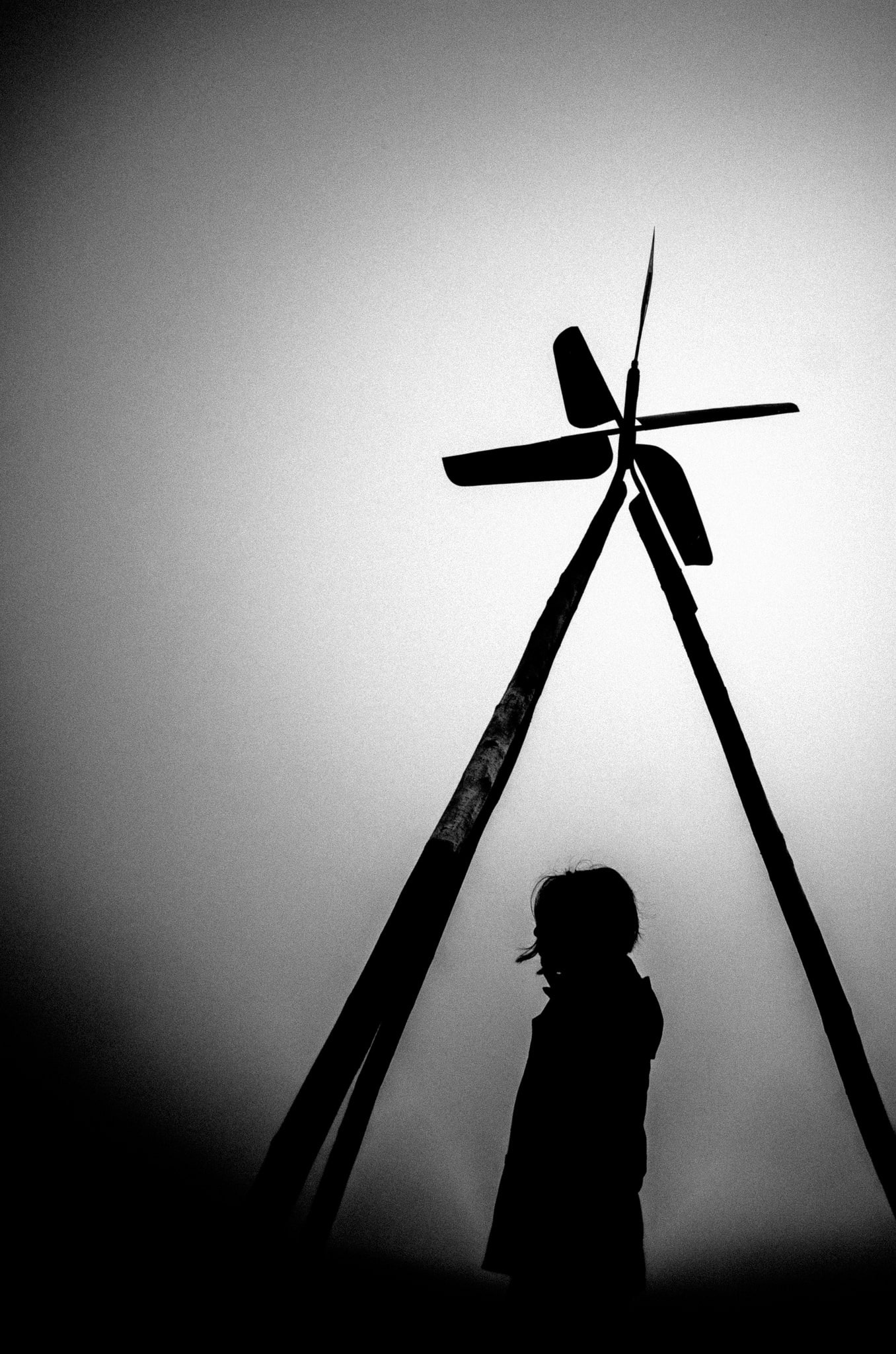
COLOUR
And just as black and white makes me crazy, so does color ;-). Color has a lot of visual force and working on it knowing its effects on the viewer, the way in which some colors contrast with others (for example, complementary colors), how they are able to move closer or further away depending on whether their tone is cold (cold tones seem to recede) or warm (warm tones seem to get closer), it delivers spectacular results. Here are 20 ways to use it creatively in your photos.
TEXTURES
Texture stands for tactile information. In other words, when we see a texture in an image, we automatically imagine how it feels to be cold, hot, rough, fine, smooth, rough... It is a type of information that can work on its own, and one more creative tool to use in your artistic photographs.
MACRO PHOTOGRAPHY
Macro photography is not just “the photo of a bug”, it is much more. It is the possibility of entering a magical and unknown world of textures, blurring, enlargements, colors and abstraction .
DECONTEXTUALIZE
There are people who put toilets in museums (see Duchamp) to claim the importance of the context of the work, and others who are not lucky enough to exhibit in New York, but who know the importance of the context of a scene and how it can change radically by moving it from its usual environment. Something as simple as taking a fish out of the sea and planting it on your shelf like another book would be (aside from being inadvisable), an example of decontextualization.
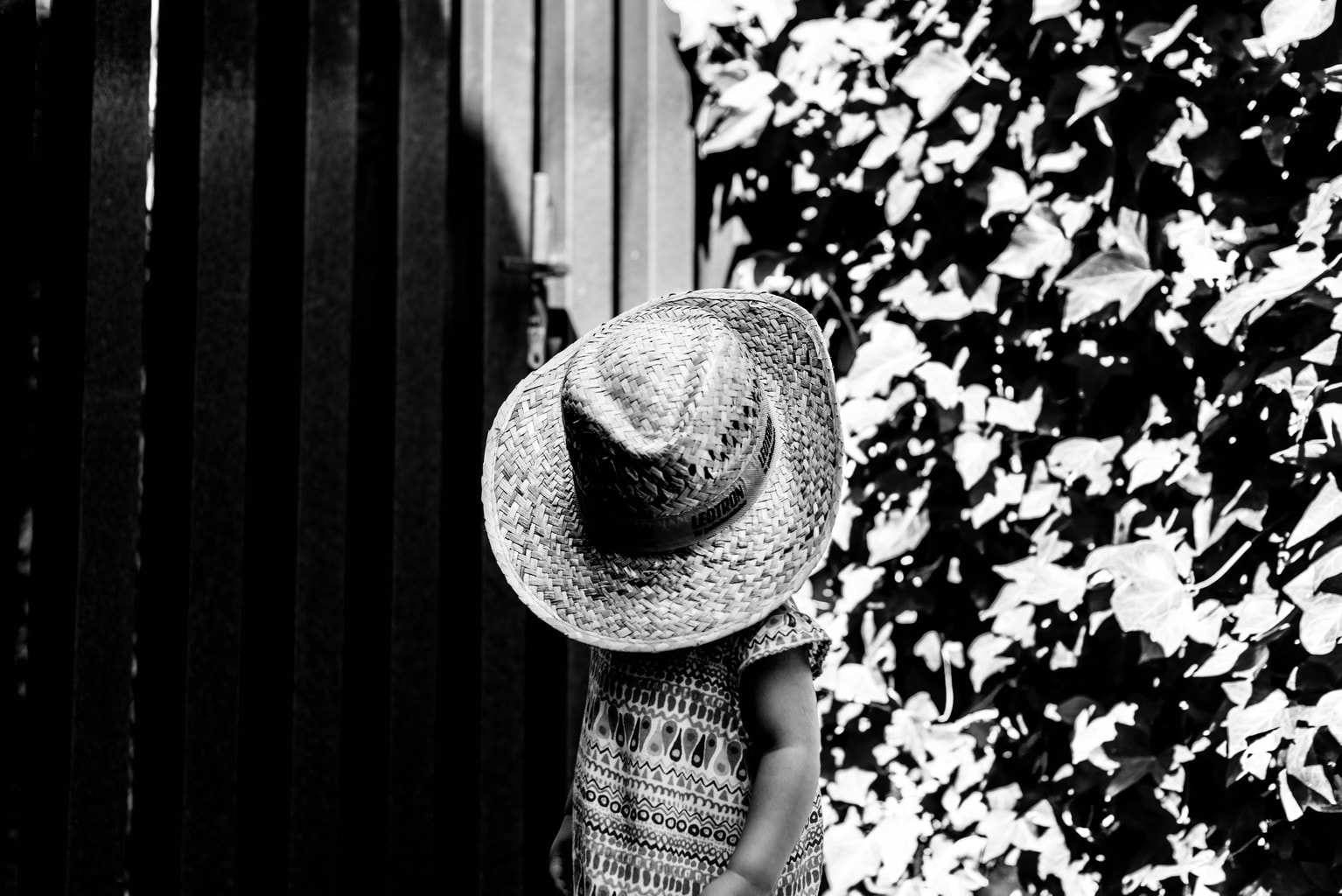
SURREALISM
Not all fine art photography is surreal, but I would say all surreal is artistic or at least made with artistic intent. You do not need large infrastructure or equipment to achieve them. With some imagination you can get many of them. Here are 10 ways to get surreal photography .
REFLEXES
Reflections on moving surfaces (water) or on static surfaces (such as mirrors, glass...) will allow you to play with symmetry and asymmetry, with balance or lack of it, or with the possibility of deceiving the eye and forcing your spectator to look twice at your image.
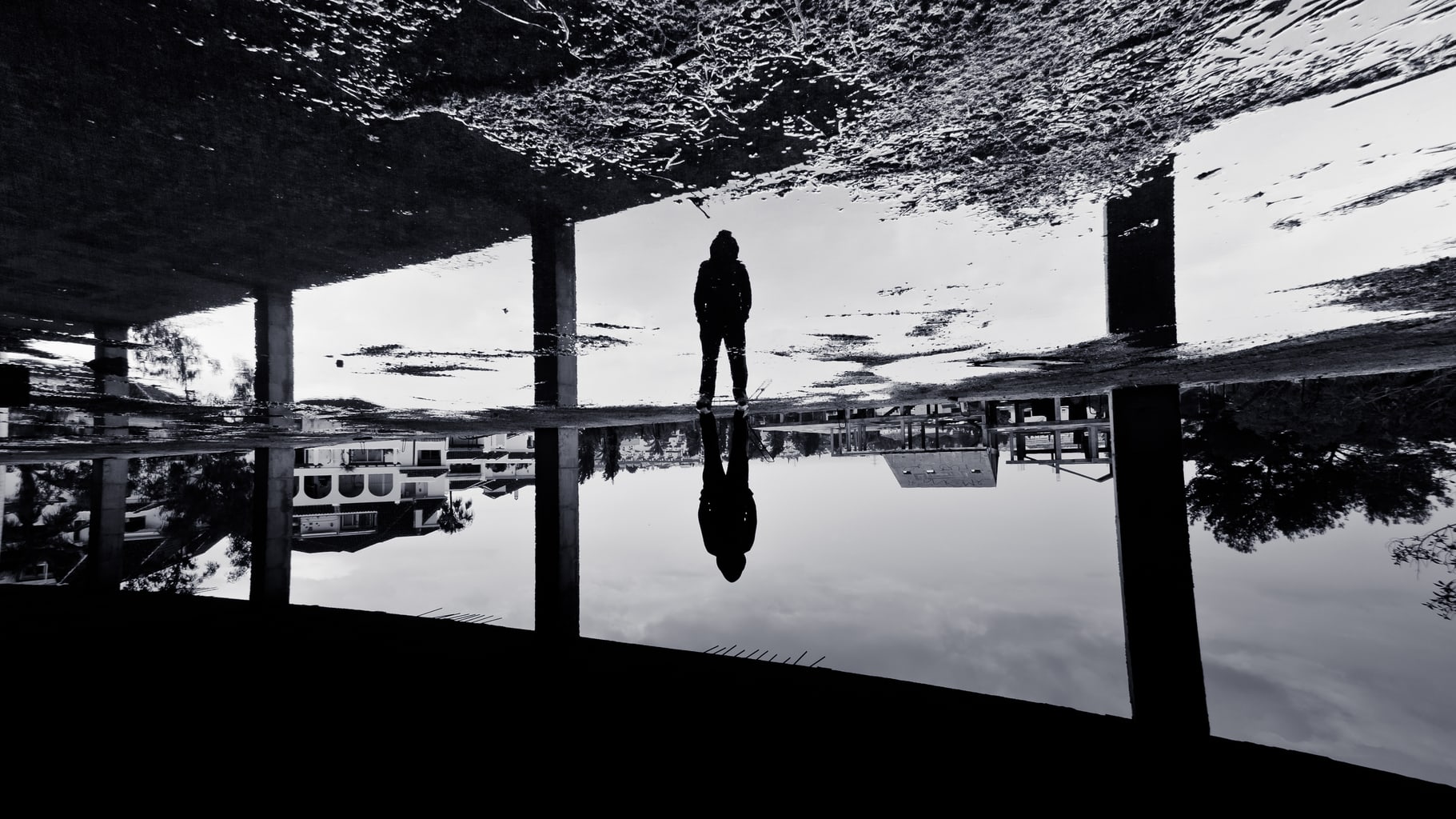
SHADES
Shadows are another very useful tool with a lot of visual power, which will allow you to achieve more abstract and formal compositions.
BACKLIGHTS
The backlights will allow you to work on your most artistic side, you will be able to enhance the profile of the elements, to take it to its simplest, purest and most essential form.
OTHER TECHNIQUES
light painting
Double exposure
bokeh
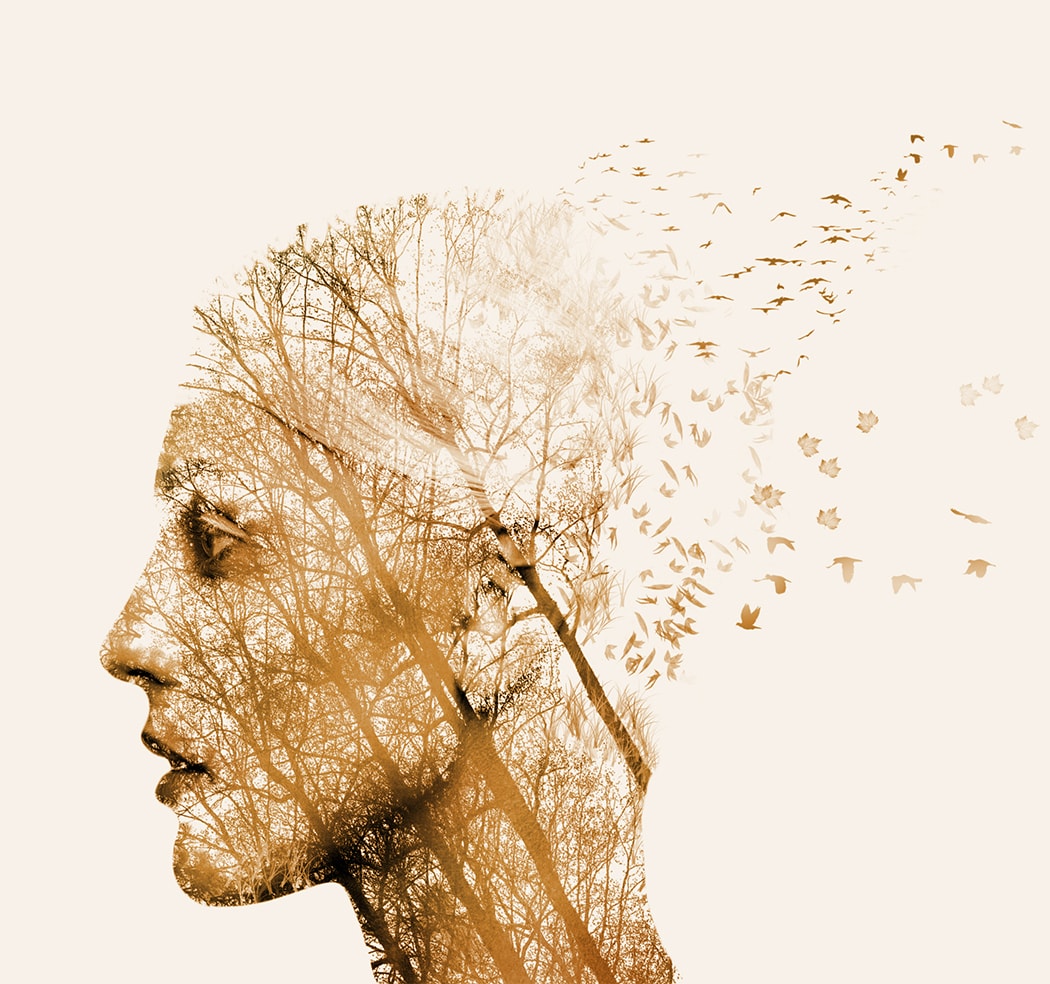
I hope you're not making a face that this-doesn't-go-with-me or that this-is-very-complicated-for-me , because I assure you that you are capable, we all have infinite room for improvement. You can always learn more, you can always improve, always, always move forward with patience and perseverance. We all carry a little artist inside :-).
What do you think? Do you dare to let out the artist you have inside? I hope so, but above all I hope you share it with us. And do not forget to share this article if you found it interesting. Thank you and see you soon.

